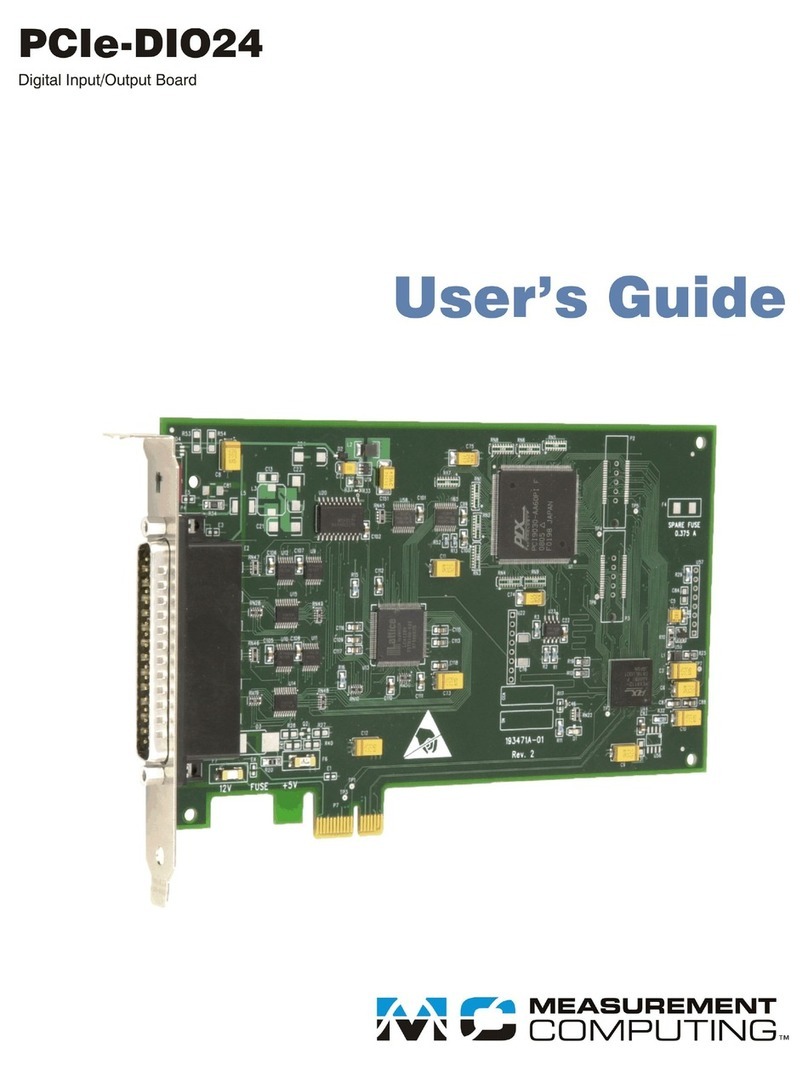
4
Table of Contents
Preface
About This User's Guide......................................................................................................................6
What you will learn from this user's guide.........................................................................................................6
Conventions in this user's guide .........................................................................................................................6
Where to find more information.........................................................................................................................6
Register-level programming...............................................................................................................................7
Chapter 1
Introducing the PCI-DAS1602/12.........................................................................................................8
Overview: PCI-DAS1602/12 board features......................................................................................................8
Software features................................................................................................................................................8
Chapter 2
Installing the PCI-DAS1602/12.............................................................................................................9
What comes with your PCI-DAS1602/12 shipment?.........................................................................................9
Hardware .......................................................................................................................................................................... 9
Additional documentation................................................................................................................................................. 9
Optional components..........................................................................................................................................9
Unpacking the PCI-DAS1602/12.....................................................................................................................10
Installing the software ......................................................................................................................................10
Installing the PCI-DAS1602/12 .......................................................................................................................10
Configuring the PCI-DAS1602/12...................................................................................................................11
Connecting the board for I/O operations..........................................................................................................11
Connectors, cables –main I/O connector ........................................................................................................................11
Pinout –main I/O connector............................................................................................................................................12
Cabling.............................................................................................................................................................................13
Field wiring and signal termination .................................................................................................................................14
Chapter 3
Functional Details...............................................................................................................................16
PCI-DAS1602/12 block diagram .....................................................................................................................16
Analog inputs ...................................................................................................................................................17
Burst mode.......................................................................................................................................................................17
Analog outputs.................................................................................................................................................................18
Parallel digital I/O............................................................................................................................................................18
Counter/timer I/O.............................................................................................................................................................18
Chapter 4
Calibrating the PCI-DAS1602/12........................................................................................................19
Analog output calibration.................................................................................................................................20
Chapter 5
Specifications......................................................................................................................................21
Analog input.....................................................................................................................................................21
Accuracy..........................................................................................................................................................................22
Noise performance...........................................................................................................................................................23
Analog output...................................................................................................................................................23
Accuracy..........................................................................................................................................................................23
Analog output pacing and triggering ...............................................................................................................................24
Digital input/output ..........................................................................................................................................24
Interrupts ..........................................................................................................................................................25
Counters............................................................................................................................................................25




























